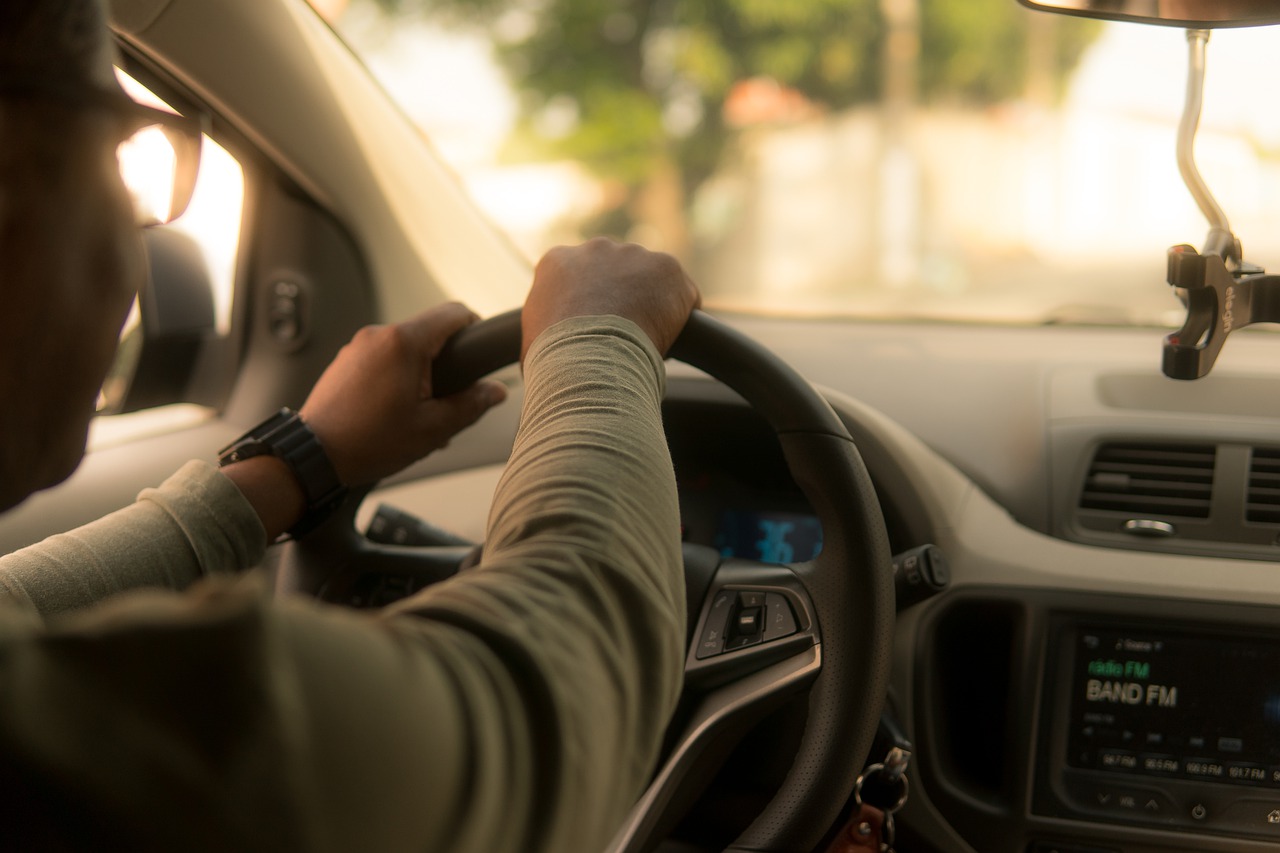
The back-up driver involved in the Uber self-driving car crash that killed a pedestrian in Tempe, Arizona, in 2018 was charged with negligent homicide.
Investigators found that the Uber self-driving car's safety driver, Rafaela Vasquez, had been streaming an episode of the television show The Voice, when the vehicle hit 49-year-old Elaine Herzberg as she wheeled a bicycle across the road.
Vasquez, who pleaded not guilty, was released to await trial. Meanwhile, Uber will not be facing any criminal charges following a decision last year that there was "no basis for criminal liability" for the ride hailing company.
Fatal accident
The car crash happened in March 2018 while Uber was testing a Volvo XC90 for its self-driving technology. Prior to the crash, Herzberg was seen walking with a bicycle across a poorly lit stretch of a multi-lane road.
A dash-cam video released by police after the incident appeared to show Rafaela Vasquez, the car’s backup driver, taking her eyes off the road moments before the crash. Furthermore, records from streaming service Hulu indicated that Vasquez was streaming the television talent show on a phone when the accident happened.
In a 2019 report, the US National Transportation Safety Board (NSTB) said it discovered that the self-driving Uber car failed to properly identify the victim as a pedestrian.
According to the NSTB, the vehicle failed to correctly identify the bicycle as an imminent collision until just before the crash but by that time, it was too late for it to avoid the accident. NSTB said: “The system design did not include a consideration for jaywalking pedestrians.”
Investigation results
Police and NTSB investigations found that human error was mostly the cause of the accident. They pointed out that Vasquez, who was in the driver's seat, was capable of taking over control of the vehicle in an emergency.
In June 2018, the police concluded in a report that the fatal car crash was "entirely avoidable" if the driver had been watching the road.
Meanwhile, the NTSB said the probable cause of the incident was failure of the operator to monitor their surroundings, and the automated system, "because she was visually distracted throughout the trip by her personal cell phone".
In the report, NTSB vice chairman Bruce Landsberg stated: "On this trip, the safety driver spent 34% of the time looking at her cell phone while streaming a TV show."
Charges were filed against Vasquez on August 27 and she first appeared in court on September 15. The trial is scheduled for February 2021.
Uber receives permit to test self-driving cars in California
In February of this year, the Department of Motor Vehicles (DMV) in California issued a permit to Uber to test self-driving cars on public roads. This was almost two years following the accident.
Prior to the crash, Uber was testing its self-driving cars in Phoenix, Pittsburgh, San Francisco and Toronto.
The state’s issuance of a permit to Uber, along with 65 other transport firms, marks the latest step in the firm’s revival of the program. In California, companies are permitted to test self-driving technology as long as a backup driver is in the car.
While it hasn’t specified a timeline for resuming the tests, Uber has expressed plans to do some in San Francisco, where it is based. In a statement, the company said: "We do not have an update as to exactly when we’ll resume autonomous testing."






